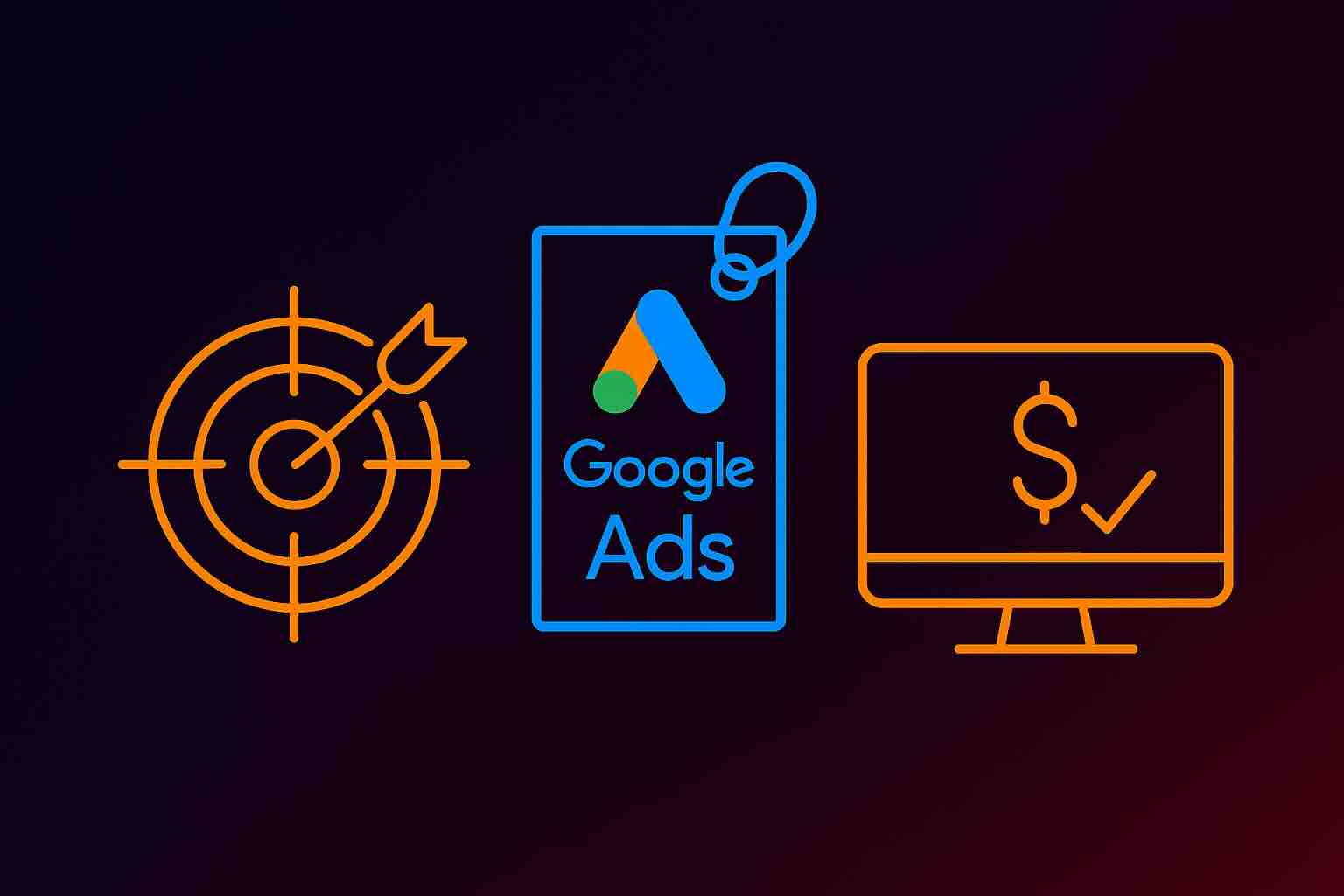Why Meta CAPI Is Critical for Startups with Long Sales Cycles
Learn why Meta's Conversions API (CAPI) is essential for startups with long sales cycles. Improve tracking, lower CPA, and scale smarter with server-side data.
If you’re still relying solely on the Meta Pixel to track conversions, you’re flying blind. Meta’s Conversions API (CAPI) is essential for performance visibility, algorithm optimization, and sustainable growth—especially for startups navigating complex, long sales cycles.
Why Meta CAPI Is the New Standard for Ad Tracking
The Meta Pixel had a good run. But in 2025, it’s struggling to keep up. With browser restrictions, cookie loss, and ad blockers on the rise, traditional client-side tracking is broken. That means your conversions aren’t being captured accurately—and Meta’s algorithms can’t optimize effectively.
Enter Meta’s Conversions API (CAPI).
CAPI connects your server directly to Meta, allowing you to send conversion events (like purchases, signups, form fills) in real time, bypassing browser limitations. This means more accurate data, better attribution, and smarter optimization.
The Hidden Cost of Skipping CAPI
Still running ads without CAPI? You’re paying for it—you just might not realize how.
- Lost Conversions: If your Pixel misses a conversion due to tracking issues, Meta doesn’t know that user converted. That’s a wasted opportunity to feed the algorithm.
- Higher CPAs: When Meta can’t see the full picture, it can’t optimize accurately. Your cost per acquisition creeps up.
- Underpowered Lookalikes: Missing data means smaller audiences. Your best-performing lookalikes might never get built.
- Compliance Risks: CAPI gives you more control over what data you send, how you send it, and when. That’s huge for staying GDPR- and CCPA-compliant.
We dive deeper into this impact in our article on Why Low Conversion Volume Cripples Your PPC Campaigns.
CAPI Is a Game-Changer for Startups with Long Sales Cycles
Startups with longer sales cycles face a unique challenge: the delay between touchpoint and transaction makes tracking harder, not easier. A click today might turn into a customer in 45 days—and if your tracking fails somewhere along that timeline, you lose crucial insights.
Here’s how CAPI helps:
- Cross-device, cross-session clarity: CAPI lets you stitch together a user journey that spans multiple devices and weeks.
- Offline event support: Need to track a phone sale or in-person consult? CAPI handles that too.
- Stronger signal for delayed conversions: Even if a purchase happens long after the click, CAPI ensures it feeds back into Meta.
Stop Using CAPI Data to Report Performance
Let’s clear something up: CAPI exists to feed Meta’s optimization engine. That’s it.
It’s not built for stakeholder reporting, and it shouldn’t be the source of truth in your performance reviews.
We explain this mindset shift in Why Smart Startups Don’t Use Ad Platform Conversions for Reporting.
When you try to use Meta-reported conversions as your final metric, you set yourself up for confusion. Instead, use CAPI to improve delivery and performance—and use independent tools to measure outcomes.
How to Implement Meta CAPI
There are multiple ways to set up CAPI, depending on your stack:
- Direct Server Integration: Gives you the most control, ideal for teams with dev resources.
- Partner Integrations: Shopify, WordPress, WooCommerce and others offer CAPI integrations.
- Third-Party Tools: Tools like Segment, Zapier, or Stape simplify CAPI setup.
Whatever method you choose, the key is this: implement it yesterday.
Ready to Make CAPI Work for You?
Meta CAPI isn’t just a technical upgrade. It’s a strategic advantage. Especially if your product has a long sales cycle and every conversion counts.
We help startups and growth-stage companies integrate CAPI the right way—not just to check a box, but to unlock better ad performance.
If you’re ready to stop flying blind and start scaling smarter, get in touch with us today.
Your Ad Campaigns Won’t Work Without Conversion Tracking, Set It Up Before You Launch
Conversion tracking isn’t for reporting—it’s for optimization. If your platforms aren’t getting the right signals, your PPC campaigns won’t scale.…
Reading Time: 3 min
Why Startups with Long Sales Cycles Can't Afford to Ignore Enhanced Conversions
Excerpt: Struggling to prove what’s working in your Google Ads account? If your startup has a long sales cycle, skipping…
Reading Time: 4 min
Why Smart Startups Don’t Use Ad Platform Conversions for Reporting
The Data Looks Good—But It's Lying to You Most startup founders and marketing leads look at conversion numbers inside ad…
Reading Time: 3 min
